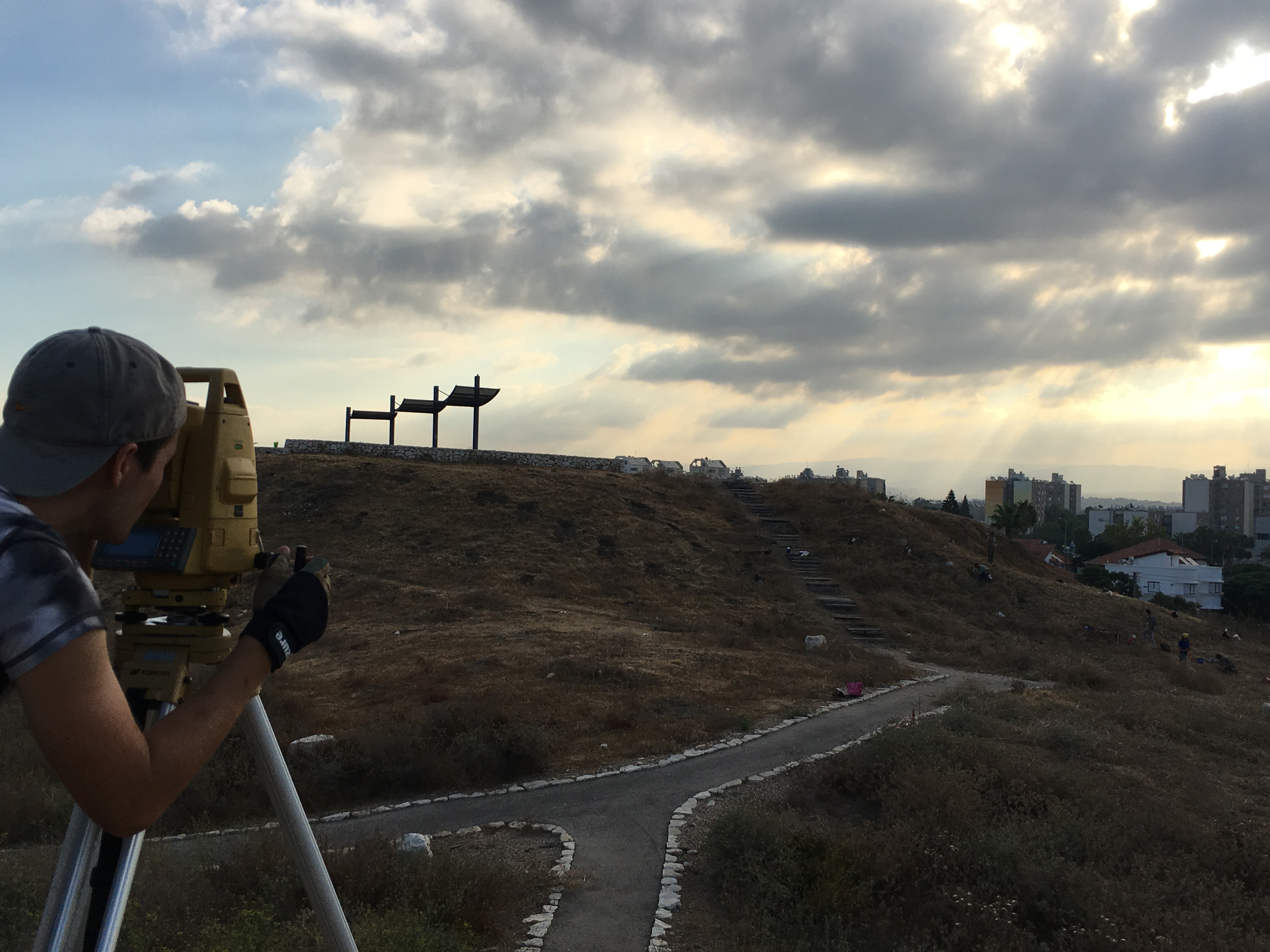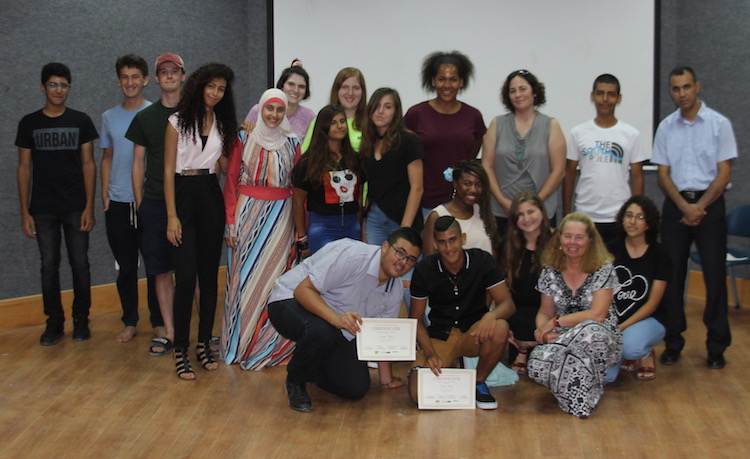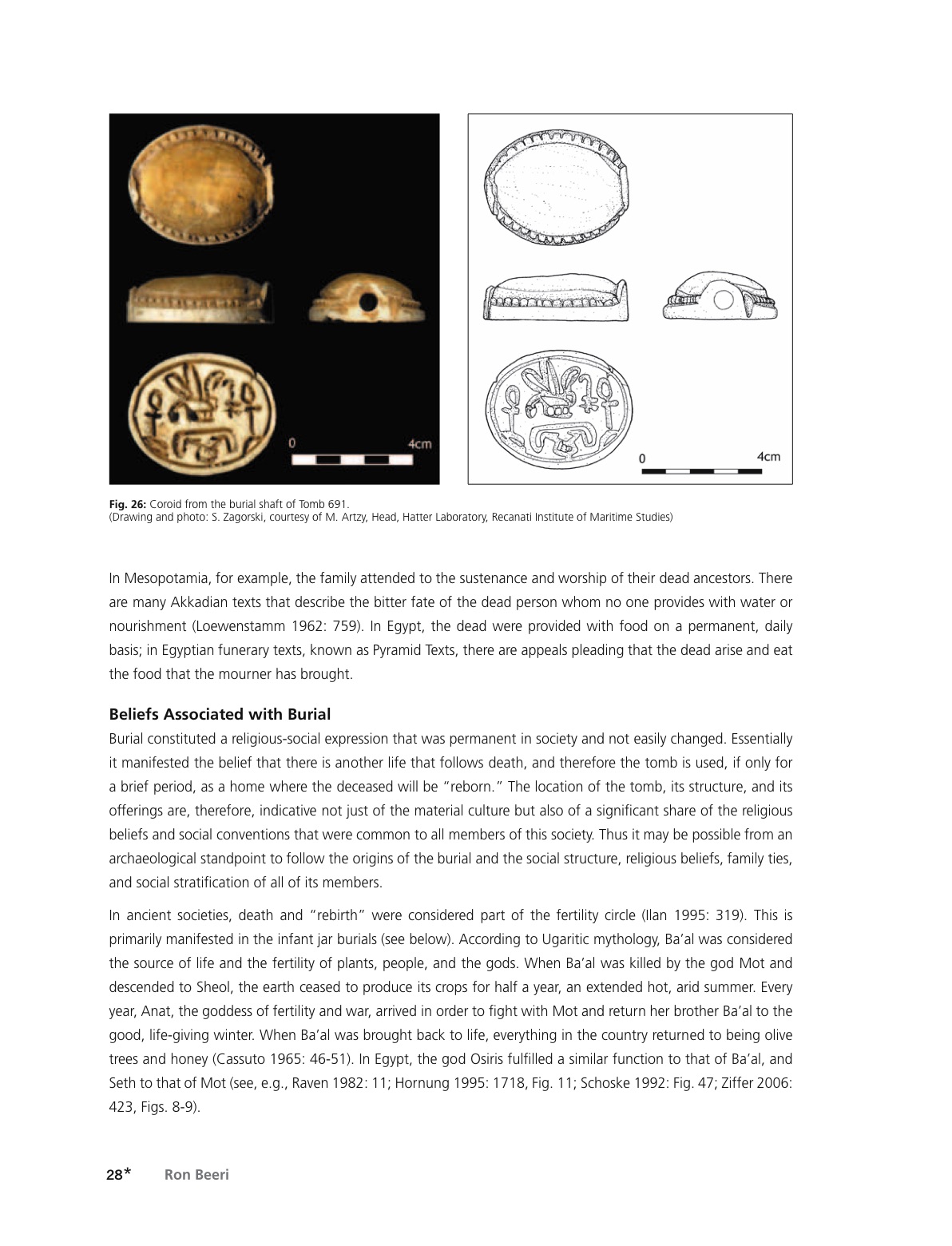Same Story Different Perspective continued…
Two weeks into the dirt, we all were pros at this excavating compared to the first day. It started to become mindless work of carefully digging, trimming the bulk, sweeping and digging and trimming and sweeping. But that’s what archaeology is, this they don’t tell you, the man-hours put into excavations, so you don’t know what it was like when you read an article only about the finds and results. I knew archeology was more physically labor intensive, but it felt like I wasn’t able to comprehend the reality of it until I experienced it firsthand. What kept most people going was breakfast time, naptime and my favorite beach time. I also didn’t know how to swim, so that was a problem there, but it didn’t stop me, well the waves did. At one point, if I got out far enough, I would get wiped out by the waves.
The strongest motivator that made us continue digging each day was that hope we would find that unique relic in your square that would win find of the day was what kept all of us going. It was a weirdly motivational idea in my head that would represent all the man hours put into excavating our area that served our efforts and achievement. So what did I have to show for my square you say? Lots and lots and lots of pottery that surpassed everyone else’s. Our record was 26 buckets from a single day’s worth of work. I feel sorry for our square supervisor Amanda and Dan since they had to write a pottery tag every time we fill up a bucket and we were always filling up buckets. We hit pottery every time we picked up the pickaxe and frankly it was more pottery than dirt in our entire square.
I divided my time between my square NN10 and survey. Usually, in a study, we do not typically contribute much to the find of the day, but I did it out of curiosity. A typical day would be digging holes that were previously plotted by someone on the total station. The holes dug were small and was not as deep compared to the other squares, but we did find pottery more or less. It was during the last week we were digging on the slope of the Tel we uncovered a wall, and I was digging on the left side while Jamie, Sugerman, and Brett were digging on the right side. That was when they found a bright blue piece of faience and a large crystal bead. It was an incredibly rare find that none of the other squares had. We submit the find for the find of the day, but we lost to monkey carvings which were a bit disappointing. Who could compete with monkey carvings, that was amazing in its way
I’m the kind of person who does not particularly eat out at nice places too often and loved the idea of home cooked meals with friends more meaningful than going out to eat at a restaurant. We all were looking forward to the final dinner at Uri Buri. A few others and I couldn’t wait till the last day and went on our own for dinner one day since everyone was saying how amazing and delicious it was and my they were right. When I had tried the salmon sashimi with the wasabi sorbet, my mind went “where have you been all my life.” It was comparable to a person who loves chocolate and peanut butter and had a Resse’s peanut butter cup for the first time. When the day of the final dinner came, I was blessed to be sitting at a table with two vegetarians, meaning more food for me. I was in heaven to be eating gourmet food, and I stuffed myself until dessert came and continued to eat more. Those questions you get asked what your last meal would be, I would say the tasting menu at Uri Buri. The rest of that day everyone gathered around to take photos of the lovely sunset, and I went back to play Catan.
The following day I was unprepared for the amount of work that was ahead of us. I guess my body got too used to the daily excavating and surveying that when we had to fill in all the squares with sandbags, it was a very tiring process. Like machines, we formed lines and passed sandbags systematically and believe it or not we nearly filled up the squares with 6000 sandbags before we had to leave the Tel. Everyone was covered in dirt that it was unusual in finding anyone clean after all that sandbagging we did. It felt right to end our last day on the Tel covered in dirt and sweat knowing that we worked hard and put in all our effort into excavating.
Looking back at myself and looking at the things I would have changed during my time at Akko. I would repeat everything I have done the same all except for the time I was late for the bus. I held up the bus on the day we were heading out to Jerusalem, despite the efforts of the staff members continually telling us about the changes to the schedule. That I wished I could change, but everything else I would have done the same. You would think that I would also want to decrease the crazy amount of pottery buckets produced solely from my square, but I think I’ll keep that the same. We broke a record for the most buckets of pottery produced from a single square that season and everyone who went to pottery washing did not like our square very much. Was that our fault? No, but we were the ones who picked up every single piece so it can’t be entirely our fault there. I honestly did learn a lot, and it was a great experience to have that did help change my perspective on GIS and survey career path. This is one of the most memorable experiences I do not regret making in my life.







